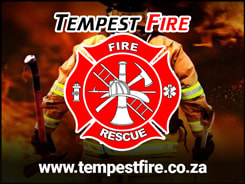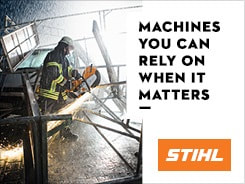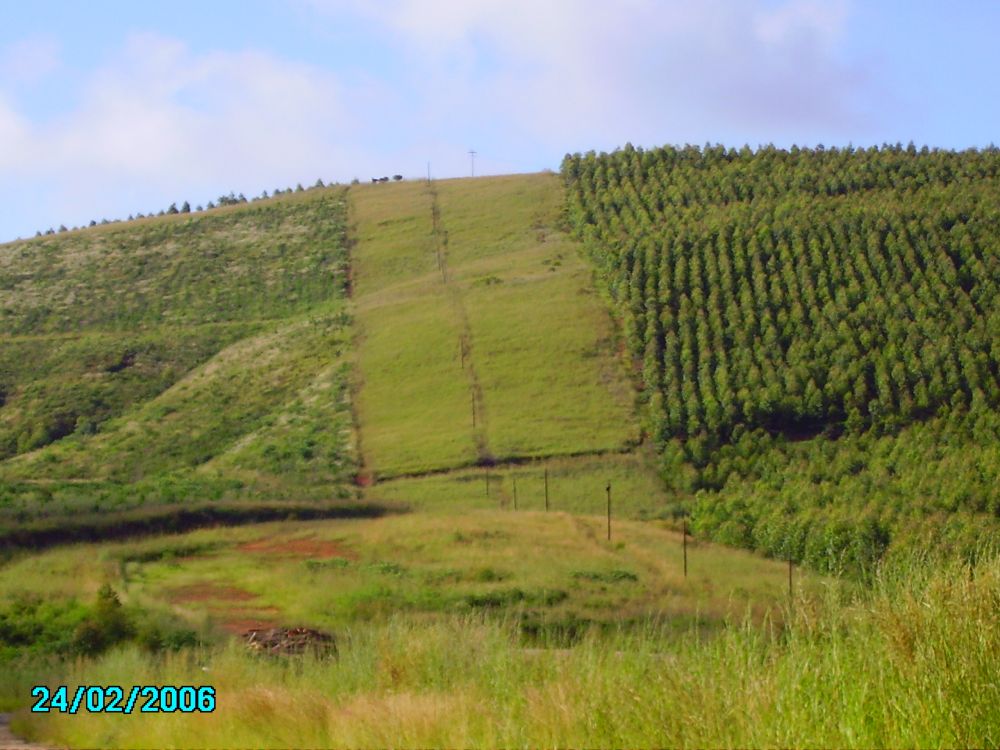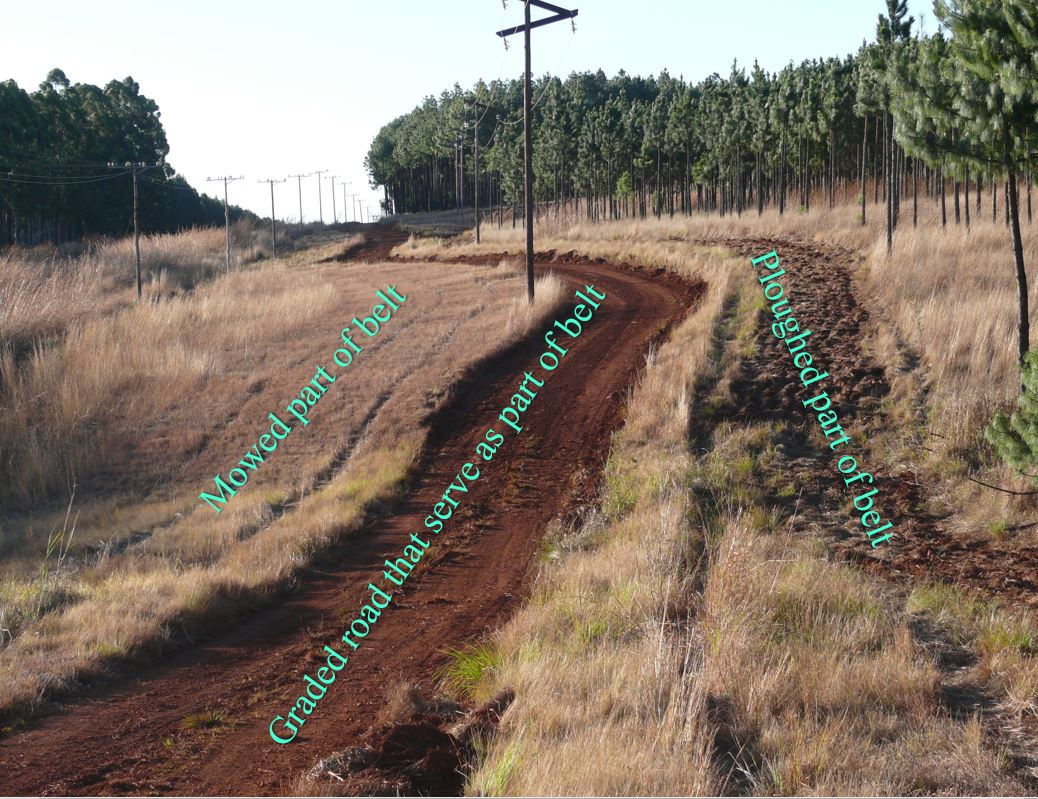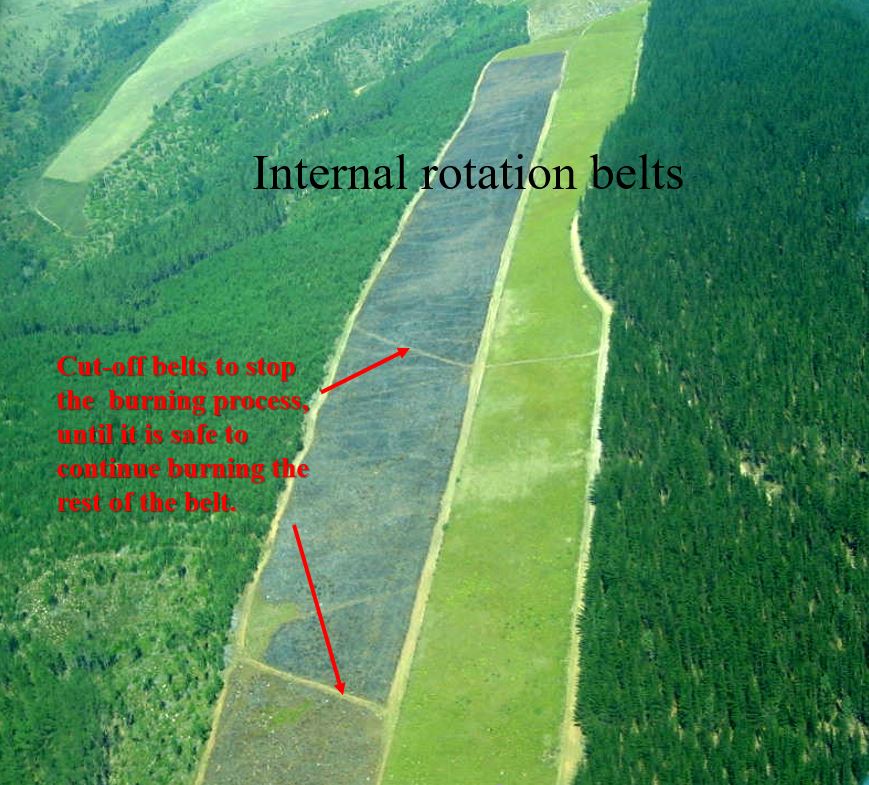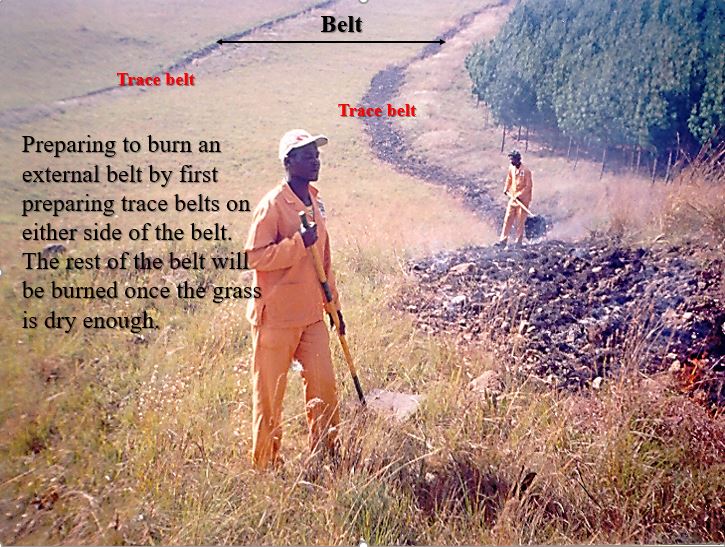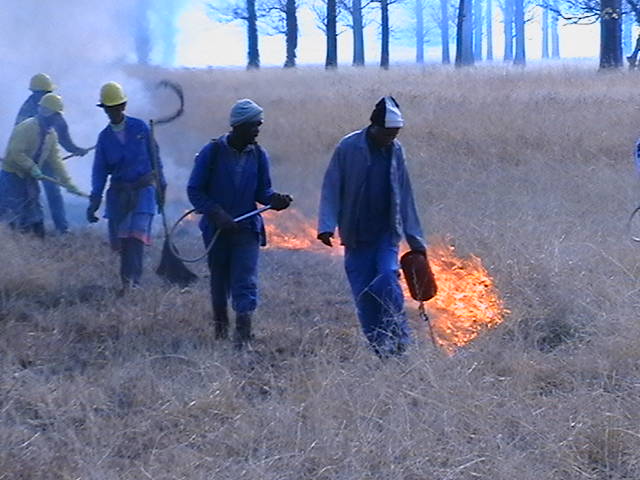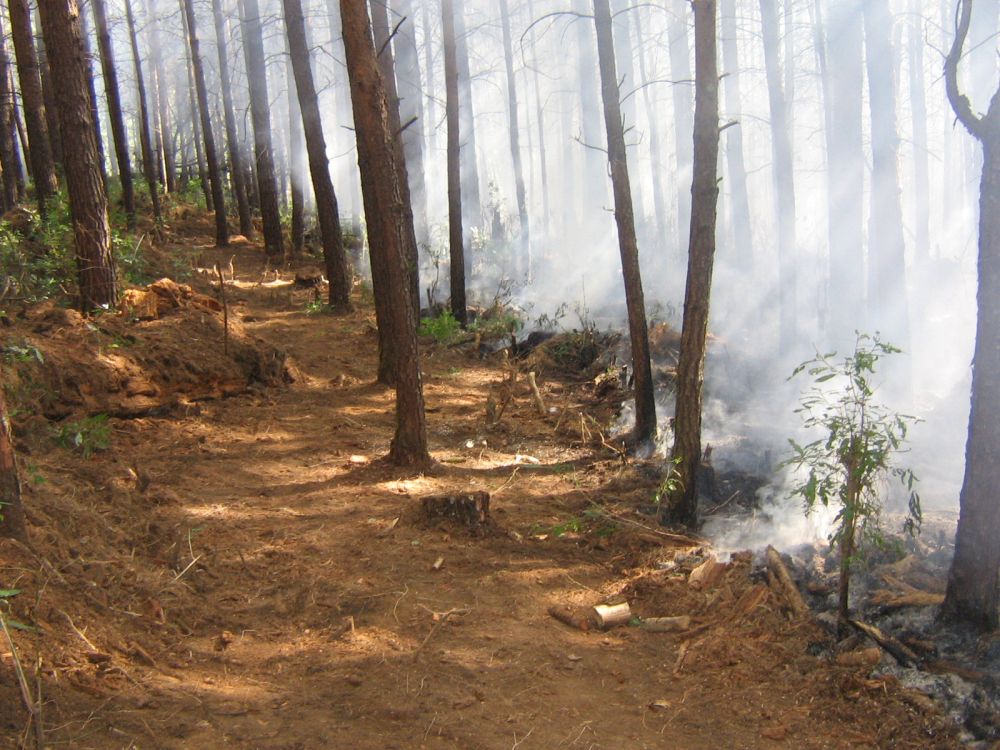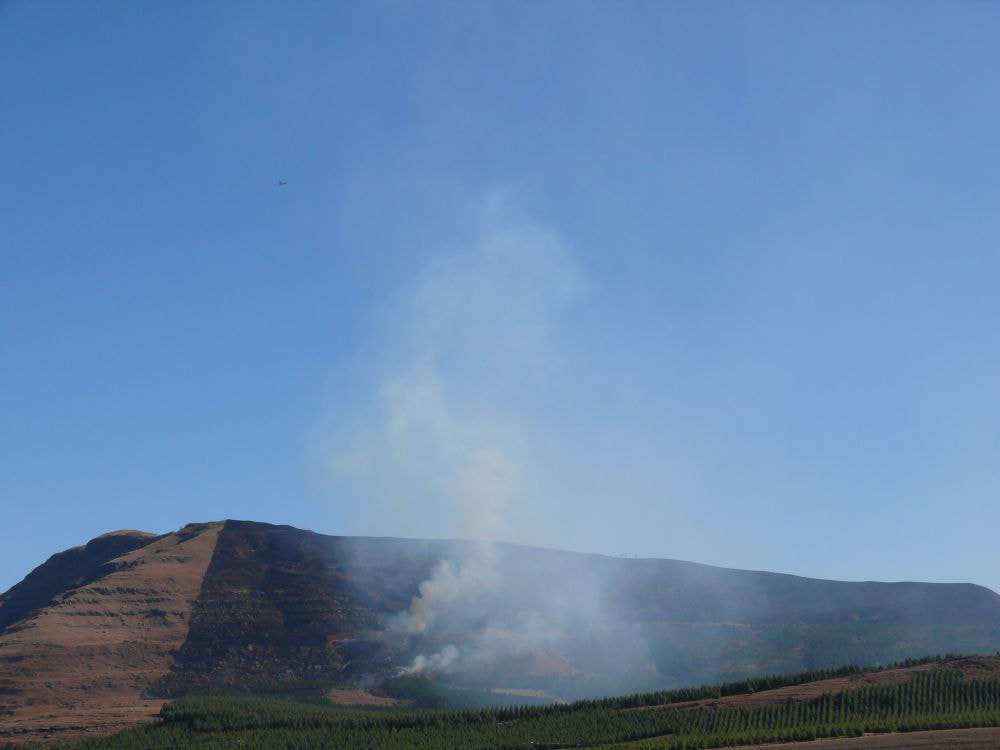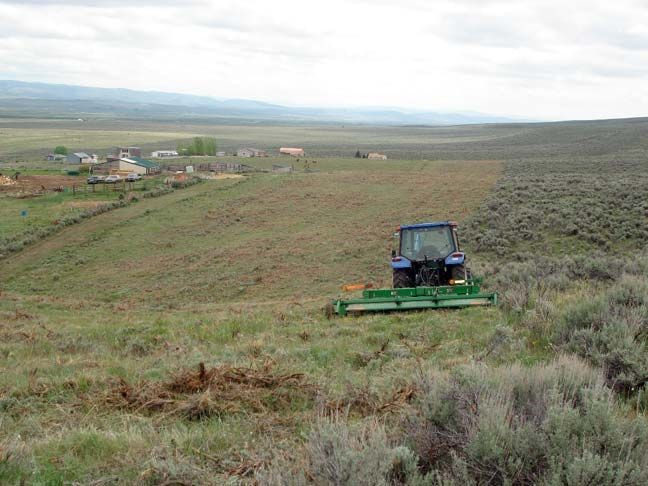- Home
- Magazines
-
Newsletters
- 19 July 2024
- 12 July 2024
- 5 July 2024
- 28 June 2024
- 14 June 2024
- 7 June 2024
- 31 May 2024
- 24 May 2024
- 17 May 2024
- 10 May 2024
- 3 May 2024
- 26 April 2024
- 19 April 2024
- 12 April 2024
- 22 March 2024
- 15 March 2024
- 8 March 2024
- 1 March 2024
- 23 February 2024
- 16 February 2024
- 9 February 2024
- 26 January 2024
- 19 January 2024
- 12 January 2024
- 22 December 2023
- 1 December 2023
- 24 November 2023
- 10 November 2023
- 3 November 2023
- 27 October 2023
- 20 October 2023
- 13 October 2023
- 6 October 2023
- 29 September 2023
- 22 September 2023
- 15 September 2023
- 8 September 2023
- 25 August 2023
- 18 August 2023
- 11 August 2023
- 4 August 2023
- 28 July 2023
- 21 July 2023
- 14 July 2023
- 7 July 2023
- 30 June 2023
- 23 June 2023
- 15 June 2023
- 2 June 2023
- 26 May 2023
- 19 May 2023
- 12 May 2023
- 5 May 2023
- 28 April 2023
- 21 April 2023
- 14 April 2023
- 6 April 2023
- 31 March 2023
- 24 March 2023
- 17 March 2023
- 10 March 2023
- 3 March 2023
- 24 February 2023
- 17 February 2023
- 10 February 2023
- 3 February 2023
- 27 January 2023
- 13 January 2023
- 22 December 2022
- 15 December 2022
- 9 December 2022
- 2 December 2022
- 25 November 2022
- 18 November 2022
- 11 November 2022
- 4 November 2022
- Advertising
- Subscribe
- Articles
-
Galleries
- AOSH Firexpo 2024
- Midvaal Fit to Fight Fire 2024
- WoF KNP 2023 Gallery
- TFA 2023 Gallery
- DMISA Conference 2023
- ETS 2023 Gallery
- Drager Fire Combat and Rescue Challenge 2023
- AOSH Firexpo 2023
- Midvaal Fit to Fight Fire
- WC IFFD 2023
- NMU 13th Fire Management Symposium 2022
- JOIFF Africa Conference 2022
- ETS 2022 Gallery
- TFA 2022 Gallery
- IFFD 2018
- SAESI
- TFA
- WRC 2018
- WRC 2019
- A-OSH/Securex
- IFE AGM 2019
- ETS Ind Fire Comp Nov 2019
- ETS Challenge 2021
- Drager launch
- Drager Fire Combat and Rescue Challenge 2022
- TFA
- Contact
- Home
- Magazines
-
Newsletters
- 19 July 2024
- 12 July 2024
- 5 July 2024
- 28 June 2024
- 14 June 2024
- 7 June 2024
- 31 May 2024
- 24 May 2024
- 17 May 2024
- 10 May 2024
- 3 May 2024
- 26 April 2024
- 19 April 2024
- 12 April 2024
- 22 March 2024
- 15 March 2024
- 8 March 2024
- 1 March 2024
- 23 February 2024
- 16 February 2024
- 9 February 2024
- 26 January 2024
- 19 January 2024
- 12 January 2024
- 22 December 2023
- 1 December 2023
- 24 November 2023
- 10 November 2023
- 3 November 2023
- 27 October 2023
- 20 October 2023
- 13 October 2023
- 6 October 2023
- 29 September 2023
- 22 September 2023
- 15 September 2023
- 8 September 2023
- 25 August 2023
- 18 August 2023
- 11 August 2023
- 4 August 2023
- 28 July 2023
- 21 July 2023
- 14 July 2023
- 7 July 2023
- 30 June 2023
- 23 June 2023
- 15 June 2023
- 2 June 2023
- 26 May 2023
- 19 May 2023
- 12 May 2023
- 5 May 2023
- 28 April 2023
- 21 April 2023
- 14 April 2023
- 6 April 2023
- 31 March 2023
- 24 March 2023
- 17 March 2023
- 10 March 2023
- 3 March 2023
- 24 February 2023
- 17 February 2023
- 10 February 2023
- 3 February 2023
- 27 January 2023
- 13 January 2023
- 22 December 2022
- 15 December 2022
- 9 December 2022
- 2 December 2022
- 25 November 2022
- 18 November 2022
- 11 November 2022
- 4 November 2022
- Advertising
- Subscribe
- Articles
-
Galleries
- AOSH Firexpo 2024
- Midvaal Fit to Fight Fire 2024
- WoF KNP 2023 Gallery
- TFA 2023 Gallery
- DMISA Conference 2023
- ETS 2023 Gallery
- Drager Fire Combat and Rescue Challenge 2023
- AOSH Firexpo 2023
- Midvaal Fit to Fight Fire
- WC IFFD 2023
- NMU 13th Fire Management Symposium 2022
- JOIFF Africa Conference 2022
- ETS 2022 Gallery
- TFA 2022 Gallery
- IFFD 2018
- SAESI
- TFA
- WRC 2018
- WRC 2019
- A-OSH/Securex
- IFE AGM 2019
- ETS Ind Fire Comp Nov 2019
- ETS Challenge 2021
- Drager launch
- Drager Fire Combat and Rescue Challenge 2022
- TFA
- Contact
|
30 June 2023
|
Featured FRI Magazine article: Firebreaks: A matter of terminology? by Tiaan Pool (Vol 6 No 1)
https://www.frimedia.org/uploads/1/2/2/7/122743954/wildfires-vol-6-no-1g.pdf
This week’s featured Fire and Rescue International magazine article is: Firebreaks: A matter of terminology? written by Tiaan Pool (Vol 6 No 1). We will be sharing some technical articles from Fire and Rescue International magazine on a weekly basis with our readers to assist in technology transfer. This will hopefully create an increased awareness, providing you with hands-on advice and guidance. All our magazines are available free of charge in PDF format on our website and online at ISSUU. We also provide all technical articles as a free download in our article archive on our website.
Firebreaks: A matter of terminology?
By Tiaan Pool, lecturer, Wildfire Management, School of Natural Resource Science and Management, Faculty of Science,
Nelson Mandela University George Campus
Chapter four of the National Veld and Forest Fire Act (Act 101 of 1998) places a duty on landowners to prepare and maintain firebreaks. Firebreak terminology can, however, sometimes become a bit murky. Part of this confusion is not knowing how to refer to the different types of firebreaks. Terms like internal and external fire belts, trace belts, control lines and buffer zones are often used loosely. This often leads to misinterpretations about which of these structures are referred to if the term firebreak is generally used as a descriptor. This article will therefore make effort to distinguish and describe different firebreak infrastructure.
It should be kept in mind that when the legislator uses the term “firebreak”, the intention is clearly to inform and regulate the construction of firebreaks on the boundaries between different properties and does not make reference to any other firebreak infrastructure that might exist on a property. The following requirements for these boundary firebreaks are further stipulated as follows:
From this requirement set it is clear that a firebreak refers to infrastructure that will cause a break or gap in fuels that can carry fire from one property into the neighbouring property. It can therefore further be concluded that every time such a gap is encountered in vegetation, be it a planned or unplanned, natural or man-made, one can refer to it as a firebreak. Examples of different firebreaks are therefore fire belts, trace belts, control lines and buffer zones, roads, water bodies, ploughed fields, footpaths, indigenous forests and more.
It is thus justifiable to ask the question, “What are the differences, purposes and requirements for different types firebreaks?” Following this question, different firebreaks will therefore be discussed.
External (boundary) fire belts
Boundary firebreaks are fire belts constructed on the boundary of a property. These belts are required by law and if they are not constructed or constructed in a way that does not meet the requirements stipulated in the Act, the landowner can face civil charges. A civil charge can lead to a fine or jail sentence and is issued by the local authority that has jurisdiction in the area. If a fire crosses from the property of such an owner (without a legal boundary fire belt) and causes damage to a neighbouring property, the guilty landowner will be liable for the damages on his/her neighbours property and can face criminal charges.
The purposes of a boundary fire belt should be to:
Boundary belts from adjoining neighbours are shown in Figure 1. Width of boundary fire belts are often debated as the requirements in the Act don’t specify a precise width. The width of a boundary belt is therefore left to the judgement of the “reasonable person”.
This week’s featured Fire and Rescue International magazine article is: Firebreaks: A matter of terminology? written by Tiaan Pool (Vol 6 No 1). We will be sharing some technical articles from Fire and Rescue International magazine on a weekly basis with our readers to assist in technology transfer. This will hopefully create an increased awareness, providing you with hands-on advice and guidance. All our magazines are available free of charge in PDF format on our website and online at ISSUU. We also provide all technical articles as a free download in our article archive on our website.
Firebreaks: A matter of terminology?
By Tiaan Pool, lecturer, Wildfire Management, School of Natural Resource Science and Management, Faculty of Science,
Nelson Mandela University George Campus
Chapter four of the National Veld and Forest Fire Act (Act 101 of 1998) places a duty on landowners to prepare and maintain firebreaks. Firebreak terminology can, however, sometimes become a bit murky. Part of this confusion is not knowing how to refer to the different types of firebreaks. Terms like internal and external fire belts, trace belts, control lines and buffer zones are often used loosely. This often leads to misinterpretations about which of these structures are referred to if the term firebreak is generally used as a descriptor. This article will therefore make effort to distinguish and describe different firebreak infrastructure.
It should be kept in mind that when the legislator uses the term “firebreak”, the intention is clearly to inform and regulate the construction of firebreaks on the boundaries between different properties and does not make reference to any other firebreak infrastructure that might exist on a property. The following requirements for these boundary firebreaks are further stipulated as follows:
- It must be wide enough and long enough to have a reasonable chance of preventing a veldfire from spreading to or from neighbouring land
- It does not cause soil erosion
- It is reasonably free of inflammable material capable of carrying a veldfire across.
From this requirement set it is clear that a firebreak refers to infrastructure that will cause a break or gap in fuels that can carry fire from one property into the neighbouring property. It can therefore further be concluded that every time such a gap is encountered in vegetation, be it a planned or unplanned, natural or man-made, one can refer to it as a firebreak. Examples of different firebreaks are therefore fire belts, trace belts, control lines and buffer zones, roads, water bodies, ploughed fields, footpaths, indigenous forests and more.
It is thus justifiable to ask the question, “What are the differences, purposes and requirements for different types firebreaks?” Following this question, different firebreaks will therefore be discussed.
External (boundary) fire belts
Boundary firebreaks are fire belts constructed on the boundary of a property. These belts are required by law and if they are not constructed or constructed in a way that does not meet the requirements stipulated in the Act, the landowner can face civil charges. A civil charge can lead to a fine or jail sentence and is issued by the local authority that has jurisdiction in the area. If a fire crosses from the property of such an owner (without a legal boundary fire belt) and causes damage to a neighbouring property, the guilty landowner will be liable for the damages on his/her neighbours property and can face criminal charges.
The purposes of a boundary fire belt should be to:
- Prevent the spread of fires across property boundaries
- Serve as point to attack an approaching fire by starting a counter fire or back-burn
- Defend a property from an approaching fire by extinguishing it at the belt
- Provide vehicles and staff easy access to a fire.
Boundary belts from adjoining neighbours are shown in Figure 1. Width of boundary fire belts are often debated as the requirements in the Act don’t specify a precise width. The width of a boundary belt is therefore left to the judgement of the “reasonable person”.
A reasonable person should take the following factors into account before deciding on the width of a fire belt:
Topography: The steeper the slope, the wider the belt should be, as fires spread faster upslope. On northerly and westerly aspects, belts should also be wider as these aspects are dryer and warmer and will support more intense fire behaviour.
Vegetation type: Vegetation characteristics such as flammability, height of vegetation and fuel load (tons of fuel per hectare) should be considered, as different types of fuel can cause more intense fires with taller flames that can cause spot fires.
Weather patterns: The boundaries of the properties facing the dominant wind direction in the region should have a wider belt, as fires will approach the property from that side. In South Africa, the dominant fire-wind direction is usually north-west.
Environmental considerations: Where fire belts can cause negative environmental impacts like erosion and wetland destruction, it might be necessary to limit the width of belts and strengthen the belts by making use of alternative preparation methods.
Proximity of barriers: If a natural or man-made barrier like a water body or a road borders the boundary of a property, it can be included into the width of the boundary fire belt.
High risk areas: If a property is bordering on an area with a known history of regular unplanned fires, landowners should increase the width of boundary belts facing the risk.
Fire protection associations (FPAs) in a region represent the “reasonable person” of the region and often provide guidelines regarding minimum fire belt widths. By-laws of local authorities pertaining fire belt widths and the guidelines of the local FPA should conform.
Internal fire belts
Internal fire belts are not required by law. They, however, serve same general purposes as external fire belts. In addition, internal fire belts should be designed to divide a property into smaller units. These units are typically between 250ha to 400ha in size and aim to restrict unwanted fires on the property. This practice will limit the losses caused by unwanted fires to a smaller area of the property. A stock farmer with internal fire belts should therefore not lose all his/her grazing in a single fire.
Areas on properties that are typically maintained as internal belts include conservation areas, riparian zones, main roads, unproductive portions of the estate, power/telephone lines as well as railway lines. Infrastructure like roads are often made more effective by cleaning the shoulders of roads (Figure 2).
Topography: The steeper the slope, the wider the belt should be, as fires spread faster upslope. On northerly and westerly aspects, belts should also be wider as these aspects are dryer and warmer and will support more intense fire behaviour.
Vegetation type: Vegetation characteristics such as flammability, height of vegetation and fuel load (tons of fuel per hectare) should be considered, as different types of fuel can cause more intense fires with taller flames that can cause spot fires.
Weather patterns: The boundaries of the properties facing the dominant wind direction in the region should have a wider belt, as fires will approach the property from that side. In South Africa, the dominant fire-wind direction is usually north-west.
Environmental considerations: Where fire belts can cause negative environmental impacts like erosion and wetland destruction, it might be necessary to limit the width of belts and strengthen the belts by making use of alternative preparation methods.
Proximity of barriers: If a natural or man-made barrier like a water body or a road borders the boundary of a property, it can be included into the width of the boundary fire belt.
High risk areas: If a property is bordering on an area with a known history of regular unplanned fires, landowners should increase the width of boundary belts facing the risk.
Fire protection associations (FPAs) in a region represent the “reasonable person” of the region and often provide guidelines regarding minimum fire belt widths. By-laws of local authorities pertaining fire belt widths and the guidelines of the local FPA should conform.
Internal fire belts
Internal fire belts are not required by law. They, however, serve same general purposes as external fire belts. In addition, internal fire belts should be designed to divide a property into smaller units. These units are typically between 250ha to 400ha in size and aim to restrict unwanted fires on the property. This practice will limit the losses caused by unwanted fires to a smaller area of the property. A stock farmer with internal fire belts should therefore not lose all his/her grazing in a single fire.
Areas on properties that are typically maintained as internal belts include conservation areas, riparian zones, main roads, unproductive portions of the estate, power/telephone lines as well as railway lines. Infrastructure like roads are often made more effective by cleaning the shoulders of roads (Figure 2).
In cases of sensitive vegetation, rotation belts are constructed and alternative parts of the belt prepared in different years (Figure 3). A negative aspect of rotational belts is that a lot of area is sacrificed to make provision for more than one belt.
Trace belt
Trace belts are prepared to facilitate the safe burning of fire belts or burning of blocks of vegetation. Trace belts are narrow belts prepared all along the perimeter of an area that needs to be burned at a later stage. Once favourable conditions for the planned burn exist, the trace burns are used as a starting point for ignitions. As general rule, trace belts are the same width as the height of vegetation. Against slopes, the top trace belt should be two to four times wider that the vegetation height to prevent the planned fire from jumping over the trace. In Figure 4 trace belts are prepared by burning. In Figure 5 a block burn is executed by igniting the fire against a trace belt prepared by mowing/slashing some grass.
Trace belts are prepared to facilitate the safe burning of fire belts or burning of blocks of vegetation. Trace belts are narrow belts prepared all along the perimeter of an area that needs to be burned at a later stage. Once favourable conditions for the planned burn exist, the trace burns are used as a starting point for ignitions. As general rule, trace belts are the same width as the height of vegetation. Against slopes, the top trace belt should be two to four times wider that the vegetation height to prevent the planned fire from jumping over the trace. In Figure 4 trace belts are prepared by burning. In Figure 5 a block burn is executed by igniting the fire against a trace belt prepared by mowing/slashing some grass.
Control line
Control lines are firebreaks constructed at fires. These lines are usually constructed while the fire might still be actively burning. While some fire fighters are busy knocking down the flames of the burning fire, others start to construct a control line around the perimeter of the fire. Construction of the control line usually takes place in the areas where the flames have been extinguished. The purpose of these lines are to separate the burnt from the unburnt area. Once a control line has been completed, it should cover the whole perimeter of the burnt area. It is only then that it can be reported that the fire has been ‘controlled’. The area where the fire was burning/is still burning, is now contained by the control line. Control line construction is considered as part of the mop-up operation and should be carefully supervised. Where practical, existing firebreaks like fire belts, roads, streams etc, can be used as a control line. This will cut down on the time it takes to construct a control line. If an existing firebreak is close to the perimeter of the fire, it might be necessary to allow the area between the firebreak and the fire perimeter to burn out in order to use it as a control line. The unburnt fuel between a firebreak and the perimeter of a fire is often burned out as part of the control line construction process.
The following important guidelines should be considered when constructing a control line:
The same guidelines to determine the width of trace belts should be followed when constructing a control line. A control line should, however, always be wider at the head (down-wind) of the fire than at the rear of the fire.
Control lines are firebreaks constructed at fires. These lines are usually constructed while the fire might still be actively burning. While some fire fighters are busy knocking down the flames of the burning fire, others start to construct a control line around the perimeter of the fire. Construction of the control line usually takes place in the areas where the flames have been extinguished. The purpose of these lines are to separate the burnt from the unburnt area. Once a control line has been completed, it should cover the whole perimeter of the burnt area. It is only then that it can be reported that the fire has been ‘controlled’. The area where the fire was burning/is still burning, is now contained by the control line. Control line construction is considered as part of the mop-up operation and should be carefully supervised. Where practical, existing firebreaks like fire belts, roads, streams etc, can be used as a control line. This will cut down on the time it takes to construct a control line. If an existing firebreak is close to the perimeter of the fire, it might be necessary to allow the area between the firebreak and the fire perimeter to burn out in order to use it as a control line. The unburnt fuel between a firebreak and the perimeter of a fire is often burned out as part of the control line construction process.
The following important guidelines should be considered when constructing a control line:
- Care should be taken that fire fighters constructing the control line don’t deposit smouldering material from the burned area in the unburnt area
- Areas in the burning area that are close to the perimeter of the fire that are still burning or contain very hot smouldering fuels (hot spots in the burned area), justify a wider control line
- If there are unburned hazardous fuels outside of the burned area, it justifies a wider control line
- If the fire in the burned area is still ‘hot’, fire fighters should patrol the control line (Figure 6)
- As soon as more manpower becomes available, the control line should be strengthened by making it wider
- A control line should be cleared to mineral soil
- Control lines should not be constructed in sensitive areas where damage to the environment is caused
- Control lines should be rehabilitated if it lead to damage in the environment (like erosion)
- If bad weather is predicted the day/days following the fire, the control line should be strengthened
- One of the most basic errors made by fire managers are to depart from a burned fire scene once the flames have been extinguished but before control line construction has been completed. Many cases of fires that have re-ignited in the absence of a control line have been recorded. These fires often cause more damage than the initial fire.
The same guidelines to determine the width of trace belts should be followed when constructing a control line. A control line should, however, always be wider at the head (down-wind) of the fire than at the rear of the fire.
Buffer zone
A buffer zone is not a long narrow strip like a fire belt but rather a big area or block of vegetation where fuels have been managed. The aim in creating a buffer zone is not to create an area that is devoid of all burnable vegetation but rather an area where high-intensity fuel management is practiced. This will create an area that, should a fire burn in the area, vegetation in the area will not support intensive burning. A fire burning in a buffer zone will therefore not spread so fast or burn as so intense and will have shorter flames. Under these altered fuel conditions, it should be possible for fire managers to fight a fire in this zone regardless the weather conditions.
Examples of buffer zones can be a natural feature like an indigenous forest or waterbodies or a manmade zone like an area where the fuels are slashed, burned or ploughed. In Figure 7, a block burn has been completed that will serve as buffer between a commercial plantation and its northern boundary.
Buffer zones are often located next to fire belts to strengthen a fire belt that might not be wide enough to stop an intense fire from crossing (Figure 8). In addition, a buffer zone can be created by allowing intensive grazing in certain areas by cattle or to practice under-burning, a practice where foresters select suitable weather conditions to apply a low intensity fire under their trees that will consume all the fine surface fuels but not kill the trees.
There are no specific requirements for buffer zones other than the judgement of the landowner. As guidelines, the following can be considered:
A buffer zone is not a long narrow strip like a fire belt but rather a big area or block of vegetation where fuels have been managed. The aim in creating a buffer zone is not to create an area that is devoid of all burnable vegetation but rather an area where high-intensity fuel management is practiced. This will create an area that, should a fire burn in the area, vegetation in the area will not support intensive burning. A fire burning in a buffer zone will therefore not spread so fast or burn as so intense and will have shorter flames. Under these altered fuel conditions, it should be possible for fire managers to fight a fire in this zone regardless the weather conditions.
Examples of buffer zones can be a natural feature like an indigenous forest or waterbodies or a manmade zone like an area where the fuels are slashed, burned or ploughed. In Figure 7, a block burn has been completed that will serve as buffer between a commercial plantation and its northern boundary.
Buffer zones are often located next to fire belts to strengthen a fire belt that might not be wide enough to stop an intense fire from crossing (Figure 8). In addition, a buffer zone can be created by allowing intensive grazing in certain areas by cattle or to practice under-burning, a practice where foresters select suitable weather conditions to apply a low intensity fire under their trees that will consume all the fine surface fuels but not kill the trees.
There are no specific requirements for buffer zones other than the judgement of the landowner. As guidelines, the following can be considered:
- Cost benefit of spending extra money to prepare a buffer zone
- Suitable location (topography and fuel conditions) that will make a buffer zone effective
- Historic risk of an area (high risk justifies the construction of a buffer zone)
- Ease and cost of maintenance of buffer zone
- Environmental impact caused by creating a buffer zone.
In follow-up articles, effective placement and preparation methods of firebreaks will be discussed.
In conclusion, it is safe to say that a firebreak is not just a firebreak but serves a specific purpose. Fire managers should therefore first consider the purpose of a break and then construct the appropriate infrastructure to satisfy the purpose. It is also important to use the correct terminology to refer to different types of firebreaks to prevent confusion. Identifying and referring to specific firebreaks will assist managers to formulate better guideline criteria when constructing them.
In conclusion, it is safe to say that a firebreak is not just a firebreak but serves a specific purpose. Fire managers should therefore first consider the purpose of a break and then construct the appropriate infrastructure to satisfy the purpose. It is also important to use the correct terminology to refer to different types of firebreaks to prevent confusion. Identifying and referring to specific firebreaks will assist managers to formulate better guideline criteria when constructing them.
Quick navigation
Social
|
Who are we?FRI Media (Pty) Ltd is an independent publisher of technical magazines including the well-read and respected Fire and Rescue International, its weekly FRI Newsletter and the Disaster Management Journal. We also offer a complete marketing and publishing package, which include design, printing and corporate wear and gifts. |
Weekly FRI Newsletter |
© Copyright 2018 Fire and Rescue International. All Rights Reserved.

